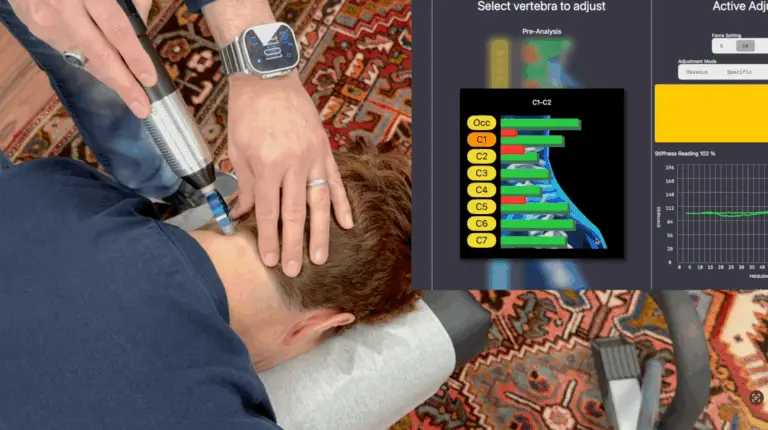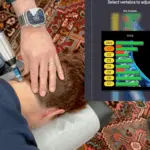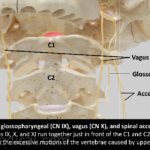We recently published “The Definitive Guide to Multiple Impulse Therapy” ebook to help define how the PulStar works for those who aren’t familiar, and to hopefully expand understanding within our seasoned multiple impulse therapy (MIT) doctors.
The ebook, which includes ten chapters—from the origins of MIT to its applications—is full of research data, interesting tidbits and little-known facts. We’re sharing it with you here in our blog because MIT is growing so rapidly that it has really moved beyond the PulStar and into a place of significance in the chiropractic community.
For example, did you know:
- MIT helps treat other areas of pain on the body—not just the spine. MIT effectively treats soft tissue and extremities, including conditions such as frozen shoulder, extremity numbness, joint pain, plantar fasciitis and more.
- MIT is leading to chiropractic discoveries. In fact, in 2016, PulStar inventor Dr. Joseph Evans used the research behind the PulStar to better define the role of calcium pump in musculoskeletal pain. Other organizations such as the European Space Agency, the Medical University of Lodz in Poland, Jingxi Hospital in Beijing and the University of Zurich, have also used the PulStar to study pain.
- Because MIT is different from manual therapy, it produces different results. Patients receiving MIT often get better faster, allowing doctors to transition them into wellness plans more easily. It also helps save doctors’ hands from the wear and tear of administering manual treatment every day.
- MIT is high-tech. The PulStar records each session, generates automatic reports and produces easily-digestible charts which show exactly where misalignment is occurring and how to fix the problem.
- Since MIT was invented in the ’80s, MIT systems have evolved and are gaining a loyal following. PulStar MIT now includes an analysis function, software and various attachments to achieve different results. In fact, the PulStar has become so ingrained in the chiropractic community that Palmer College is teaching the PulStar techniques in their new Assisted Adjustment Techniques course.











